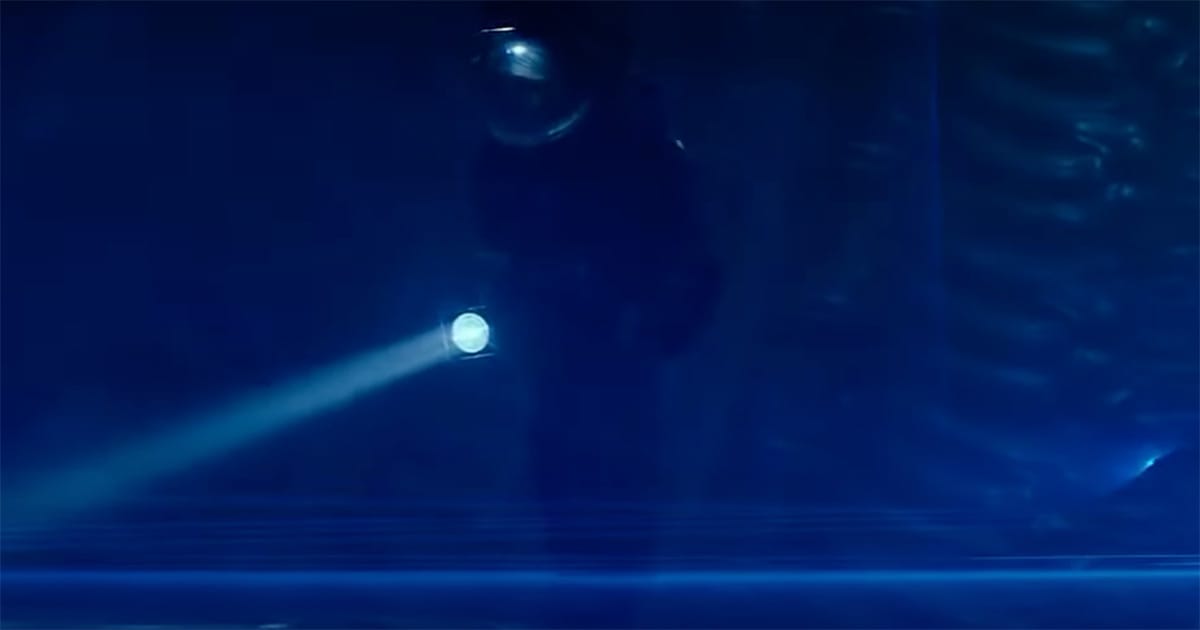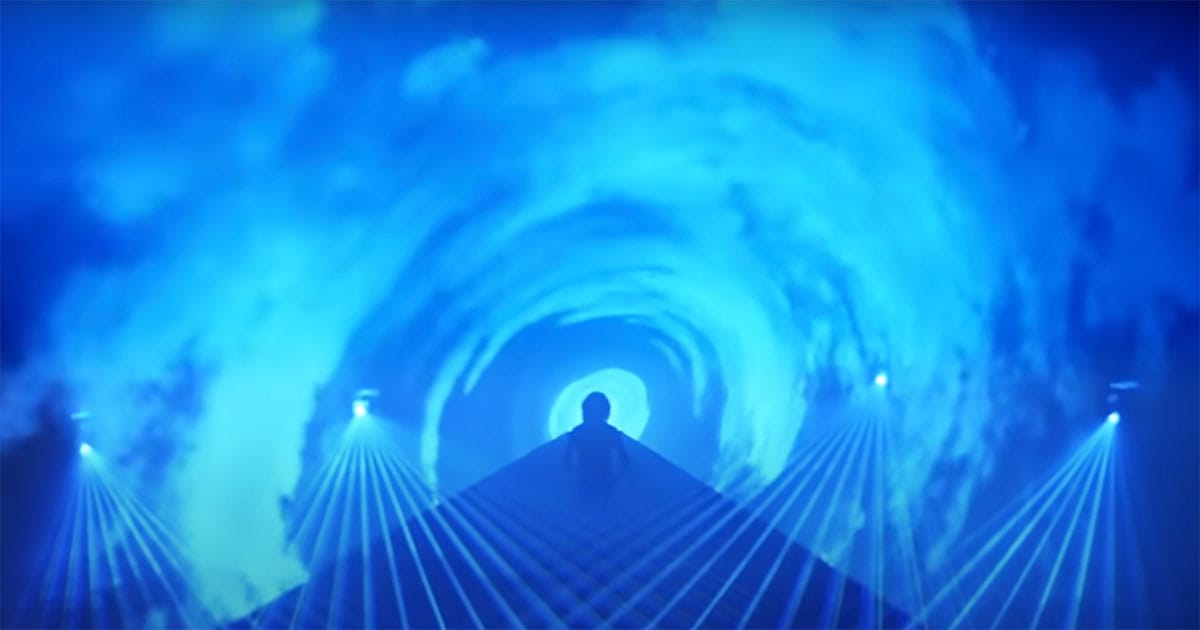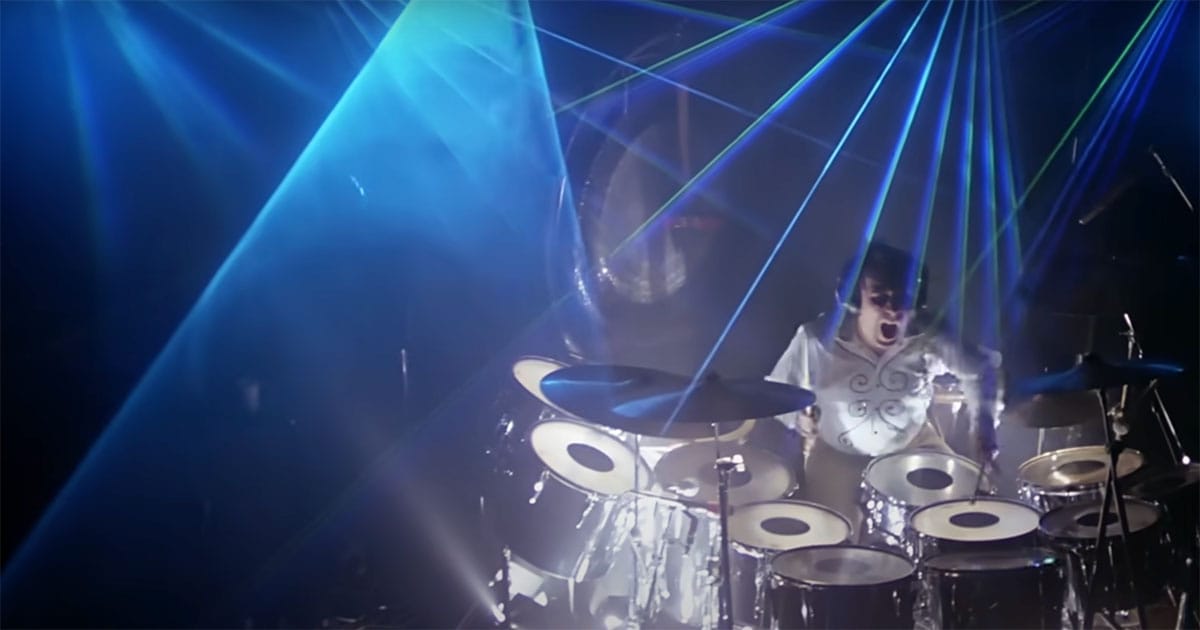The Who’s Lasers Powered "Alien"
Blue lasers in the egg chamber scene of "Alien" came from The Who’s concert gear, blending rock tech and sci-fi filmmaking into one of the genre’s most haunting and unforgettable moments.

Rock and Roll Meets Xenomorphs — The Day The Who Lit Up "Alien"
There is a moment in Ridley Scott's 1979 film "Alien" that feels almost sacred. Kane, played by John Hurt, drops into the cavernous heart of the alien derelict. Fog hangs in the air. Shadows loom. Thin beams of blue laser light cross in a pattern that feels like an alien ritual.
The lasers did not come from some Hollywood effects lab. They came from The Who.
The British rock band was rehearsing for an upcoming tour at Shepperton Studios, testing their new stage lasers in a nearby soundstage. Ridley Scott saw the setup and made a decision. The lasers were borrowed for the egg chamber scene. What followed was one of the most memorable visual moments in science fiction film.

This detail is more than just an amusing behind-the-scenes anecdote. It is a reminder of the way classic science fiction films were built — with practical tools, clever improvisation, and a lot of sweat. In an age before digital effects, filmmakers had to find real-world ways to create the impossible. The Who's lasers were not a special effect. They were real light, refracting through fog, captured by the camera.
Scott wanted the egg chamber to feel ancient, mysterious, and dangerous. The lasers helped him achieve that mood. The beams of blue light gave the scene an otherworldly calm. They suggested something sacred, something hidden from human understanding. When Kane walks among the eggs, the light does not just show the space. It defines it. It makes the moment feel like a trespass into a forbidden place.

The entire production of "Alien" followed this mindset. Sets were built full scale. Models were filmed in-camera. Artists like H. R. Giger sculpted nightmares in latex and resin. It was a film made with hands and tools, not keyboards. The presence of The Who's concert equipment is not an outlier. It is exactly how things were done. If something worked, it was used.
This practical approach is part of why "Alien" still feels real. The ship looks heavy and worn. The creature looks alive. And the egg chamber feels holy. That sense of reality comes from materials that obeyed the laws of physics. The laser beams did not just look good. They behaved like real light because they were real light.
When you rewatch "Alien" and see the blue lasers flickering through the mist, think of Pete Townshend tuning his guitar just one soundstage over. Think of a crew of filmmakers borrowing tools from a rock band to tell a story about survival, fear, and the unknown. That is science fiction at its best. Not just imagining new worlds, but building them with whatever tools are at hand.
That day, rock and roll helped shape a nightmare. And it looked beautiful doing it.

